OPINION: Dress Code Unfairly Biased Against Females
As students begin to return to normalcy by returning to in-person schooling, conflicts over the dress code also return. Dress codes have been a problem over the years, but recently more and more people have decided to stand up and voice their opinions. Many videos have been seen on social media, especially Tik Tok, of schools protesting against the dress code. Students rise together with signs and outfits expressing their concerns over this problem. Locally, Myrtle Beach High School students decided that enough was enough and had a protest September 7, with some students showing up to school breaking dress code and putting up flyers around the school. The students are right. Dress codes are unfair and unnecessary, specifically concerning problems with discrimination against certain genders, promotion of rape culture and sexual harassment.
The first problem is that high school dress codes are targeted towards women. It is obvious that dress codes are far harsher on girls. In a survey of 164 students by the student newspaper at Central Kitsap High School in Washington state, 79.3% of the female respondents said they had been dress coded, while only 3.9% of male students had been dress coded. Socastee student Emilee Kelly was dress coded for wearing a pair of athletic shorts in August. She said the dress code “makes girls feel like if they show skin, they’re just objects…It’s sexist; it makes women feel like their bodies need to be hidden and they can’t be confident.” Women are constantly told to cover up because they could cause distractions to boys. Being told that throughout their childhood truly puts a toll on their self-esteem and implies that a male’s education is more important than a woman’s education, let alone her self-worth. It is obvious that the dress code is targeted to women, especially curvier ones. Two female students could wear the same exact top, but one who is bigger in the chest would be the one dress coded for “showing cleavage”. Obviously the student with the bigger chest would have cleavage, no matter what top she wears; targeting curvier women and further shames them for their bodies.
Dress codes also encourage victim-blaming attitudes associated with a “rape culture.” The phrase “What was she wearing?” or “If she didn’t dress like that, it wouldn’t have happened” is sometimes heard when a woman says she was raped — basically implying that whatever the victim was wearing justifies the assault and then places the blame upon her shoulders. Dress coding tells girls they are at fault for distracting the boys. Instead of telling young girls to cover up, schools should teach boys how to respect them no matter what they wear along with the concept of consent. What they wear does not define who they are, nor dictate consent. What clothes are worn doesn’t change the fact that assaulters will assault or that “boys will be boys”. An art exhibit showcasing clothes that represent what sexual assault victims were wearing when assaulted proved this point. This exhibit is touring college campuses and is called “What Were You Wearing?” It shows a variety of clothing, from a 6-year-olds’ sundress to a T-shirt and jeans. This exhibit was created to show awareness of assault victims and prove the point that it doesn’t matter what one wears. Clothing does not equal assault.
The Student Handbook states that the school dress code’s purpose is to make sure school attire reflects “good taste, cleanliness and comfort” and that “the school will make judgements and decisions as needed to preserve the health, safety, and decorum of students.” However, the code is not equally enforced and there are other ways to still uphold those ideas without discriminating females.
The fix for dress coding involves a more permissive approach. A revision of the dress code should be implemented to no longer target certain groups and allow more freedom for students. Socastee’s dress code involves specific bans on spaghetti straps, low-cut shirts, cut-out designs, crop tops, and dresses, skirts, and shorts that are shorter than mid-thigh. It is not hard to see how subjective the dress code is, as these articles of clothing are typically worn by girls. However, there still should be a moral line, and students should not come to school in their undergarments. As long as students are wearing bottoms, a top, and shoes that cover the private parts, and do not display or promote violence, hate speech, profanity or sexual behavior, there should be no problem. It should be the students’ and parents’ responsibility to deem their clothing appropriate for school.

Cassey Phung is a junior who is in journalism for the first time. She is a part of the Student Council, Young Democrats, and Art Club. Outside of school,...

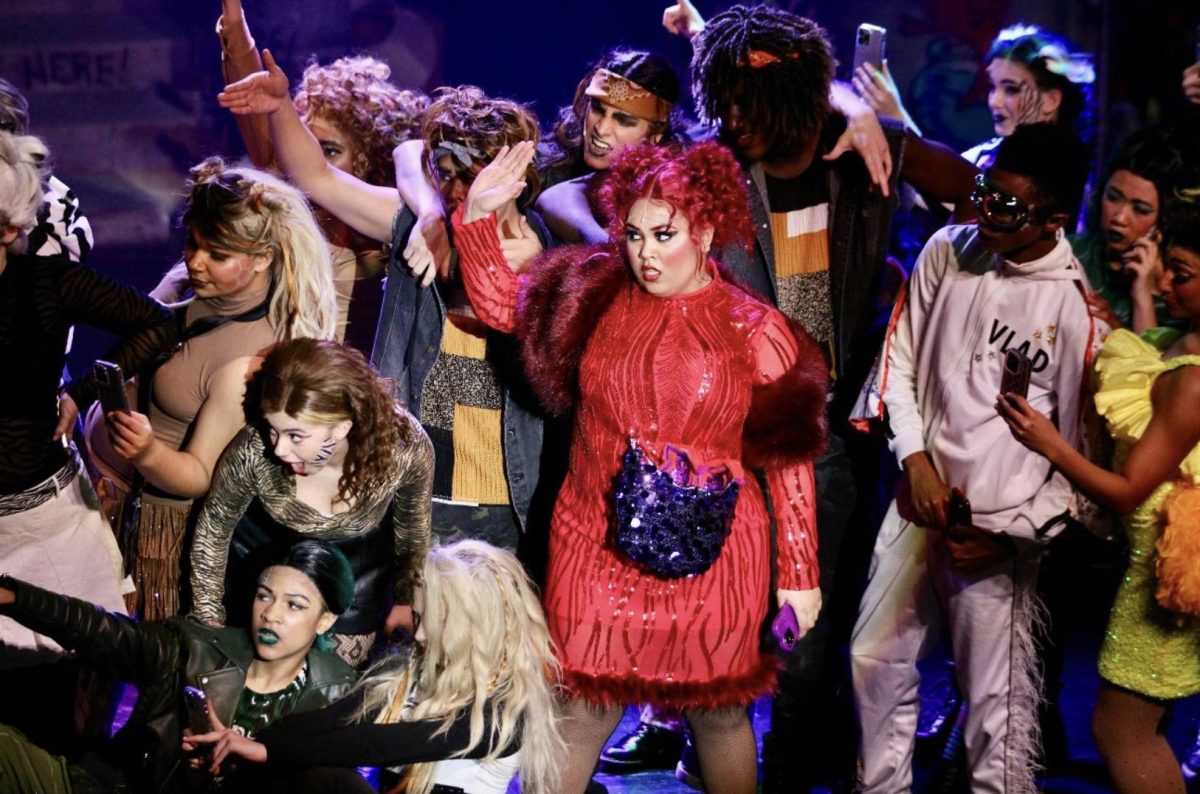





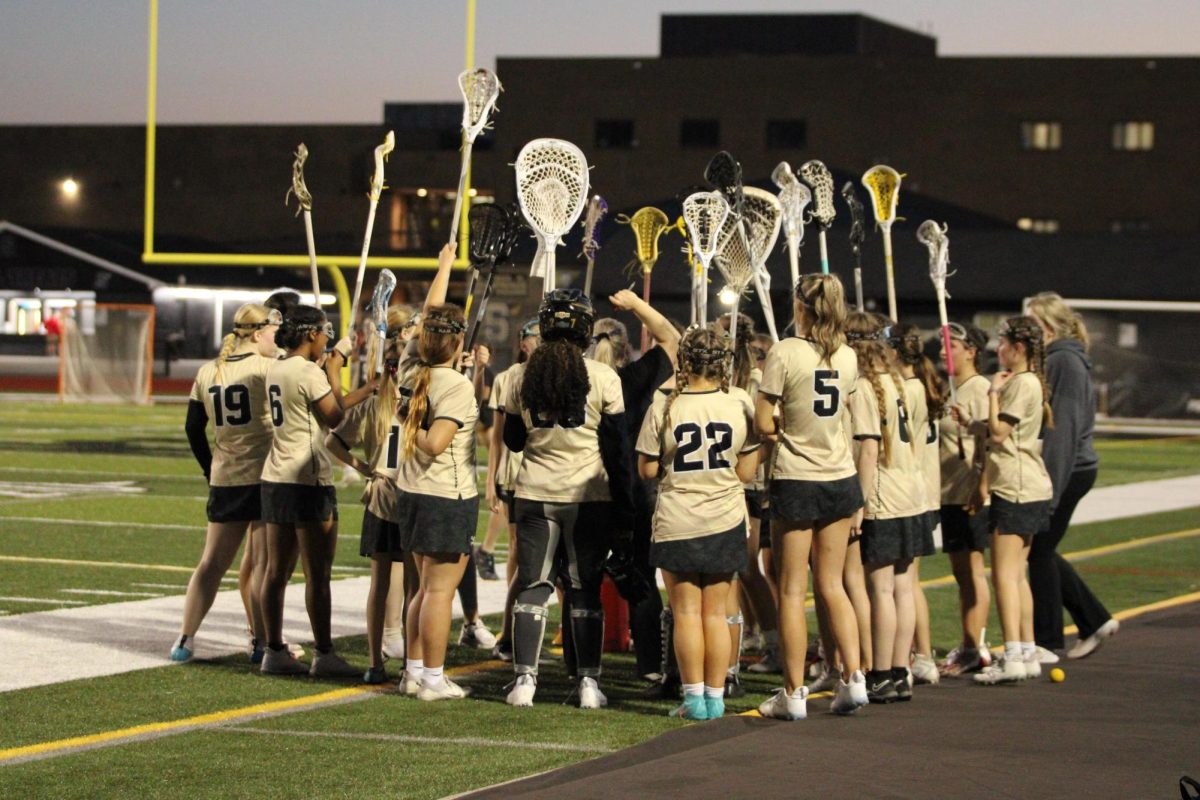
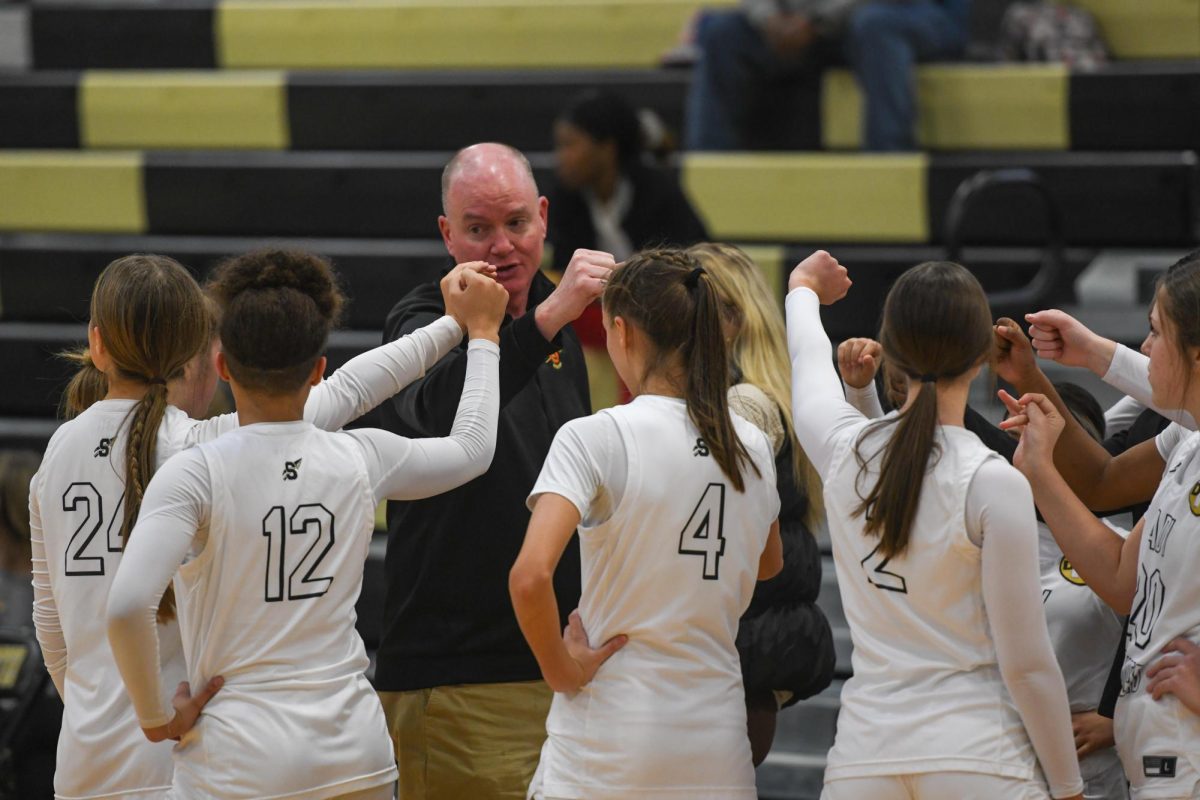
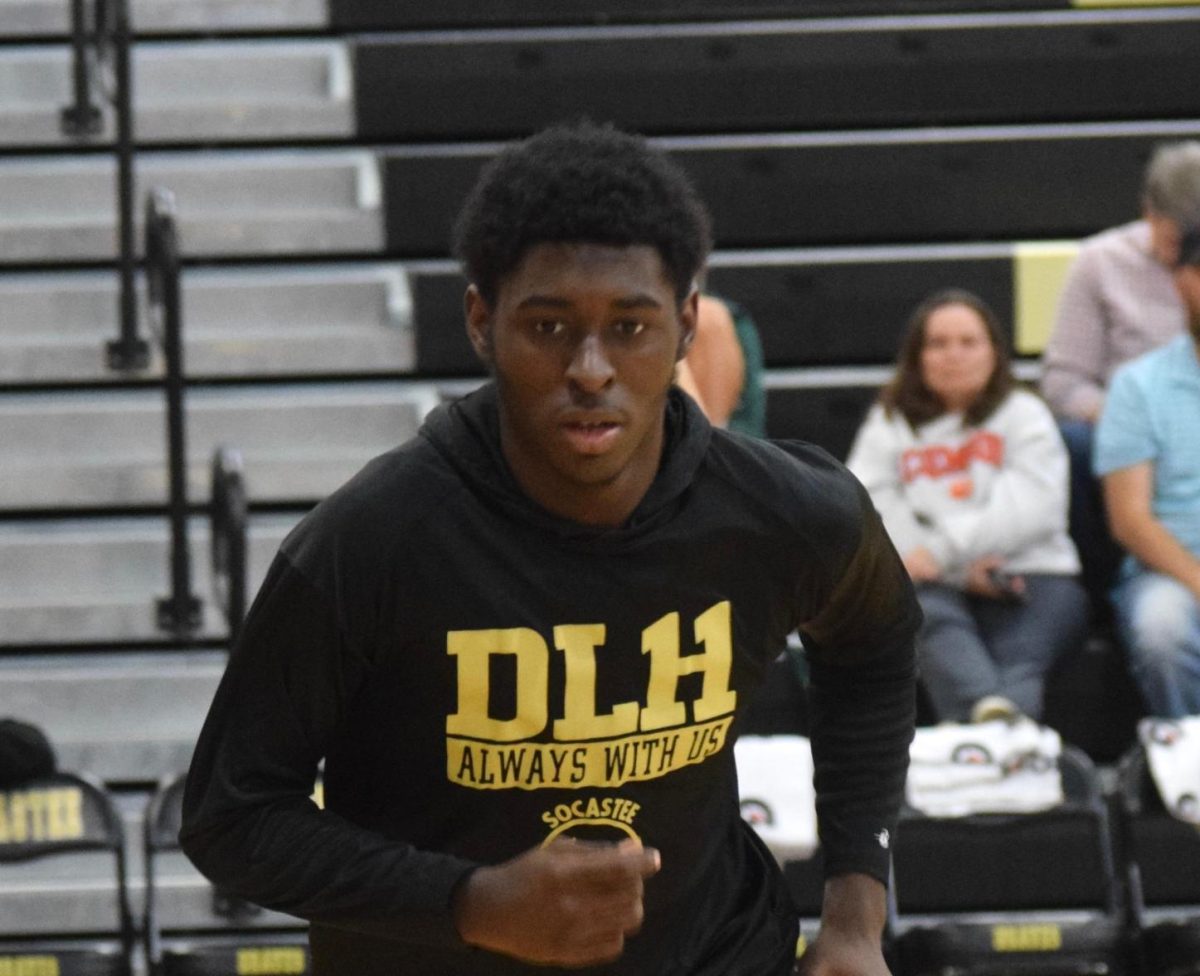


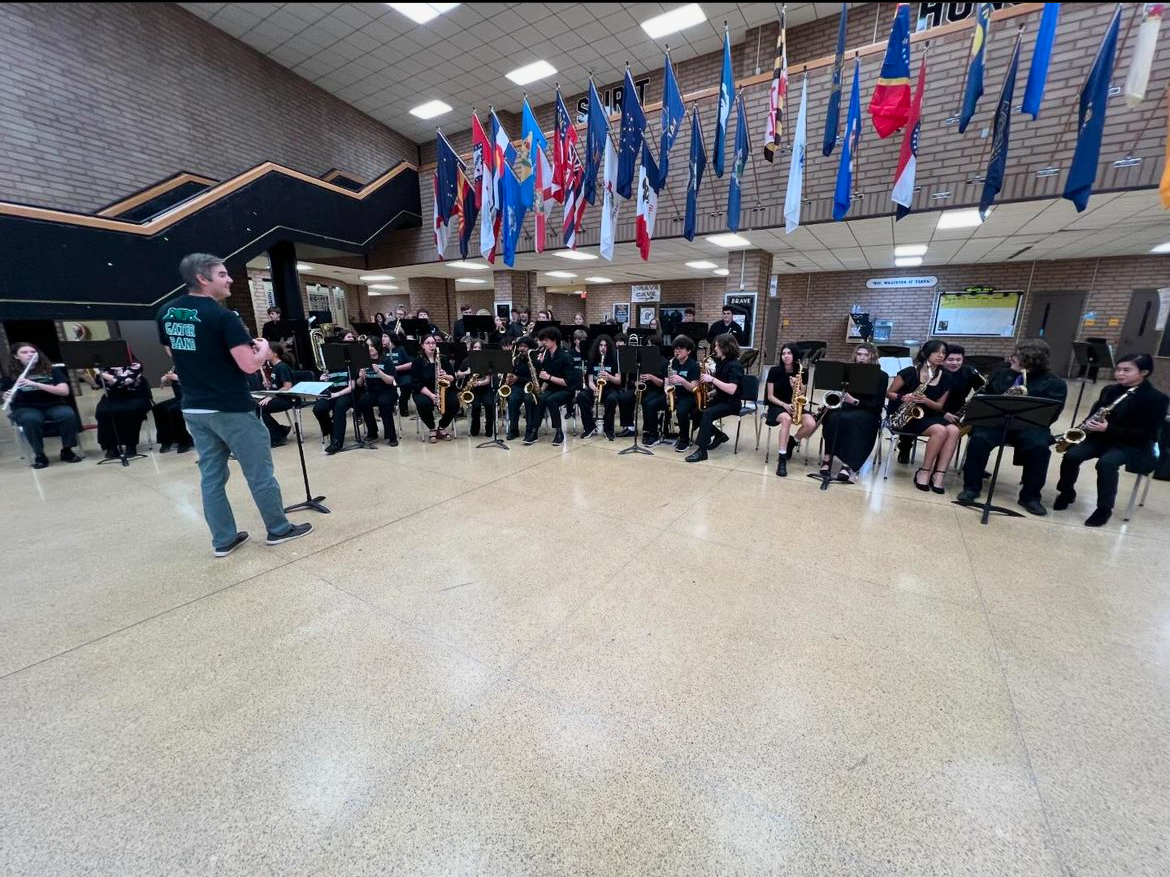

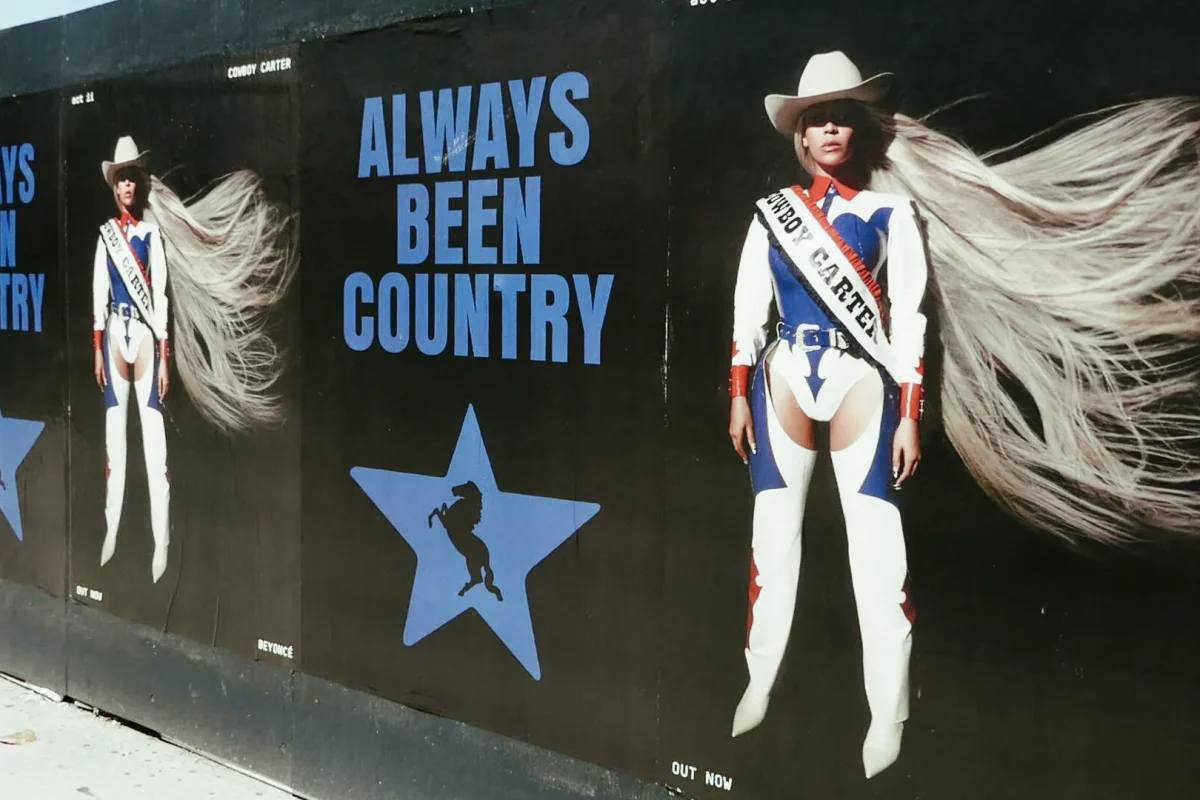
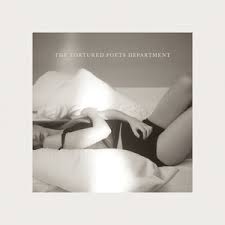




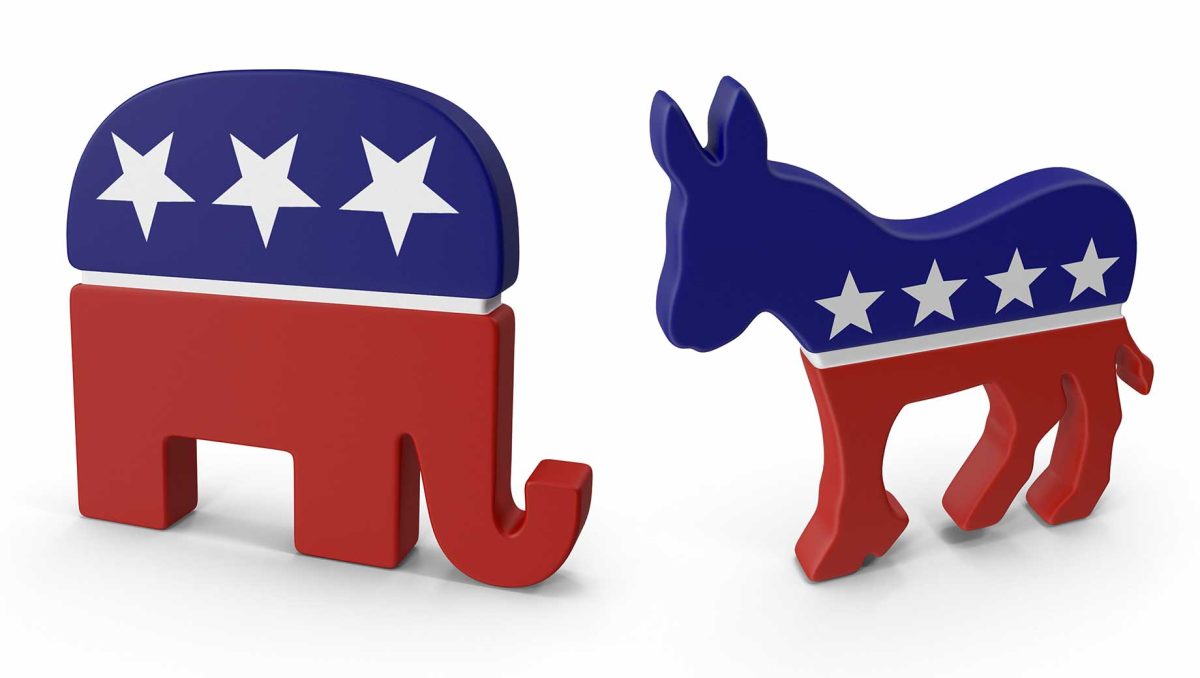

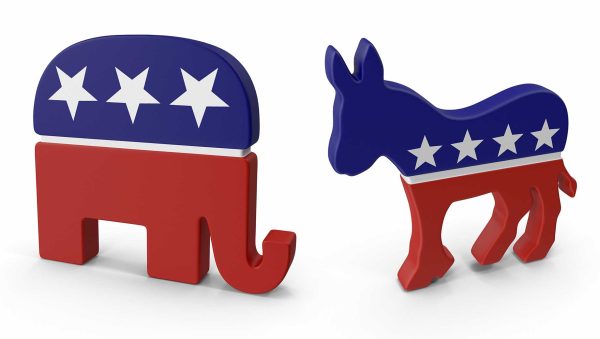

gianna • Mar 10, 2023 at 1:34 pm
This is amazing